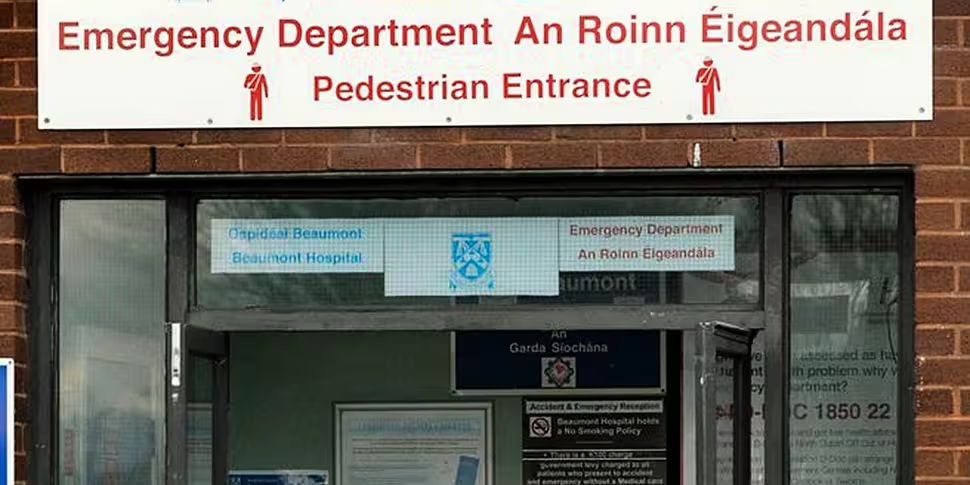Nurses will start the action work to rule, refusing to carry out all non-essential and administrative duties, and the union has warned that “the action will escalate to work stoppages if the situation does not improve.”
The move comes over four months after a national trolley crisis in January, when the number of patients on trolleys in hospitals across Ireland reached a record number of 601 on January 6. Health Minister Leo Varadkar was forced to cut short a holiday to return to Ireland and deal with the crisis, and subsequently measures were announced to deal with the issue, and prevent it ever occurring again.
On April 2 Mr Varadkar announced €74m would be spent tackling the emergency department overcrowding issue, with €44m going towards 1600 nursing home beds and a further €30m transitional community beds.
The lack of spaces to move patients who have completed the acute phase of their treatment but require short term care has been a major factor in the overcrowding problem.
Mr Varadkar said the scheme to address the ‘delayed discharge’ problem would take up to eight weeks to fully implement - those eight weeks have not yet elapsed.
However the INMO have said management at Beaumont have failed to honour agreements made at the Labour Relations Commission in January, and the emergency department is “constantly left short staffed” while “overcrowding levels remain dangerously high due to insufficient bed capacity.” In recent weeks 33 beds at the hospital have been closed.
INMO industrial relations officer Lorraine Monaghan told Newstalk Breakfast this morning “It’s the same issues that we’ve been raising for a long time but nothing has improved.”
So has anything changed at Beaumont since January’s crisis?
We looked at the INMO’s Trolley Watch and Ward Watch figures for the hospital – which calculate the number of patients on trolleys in emergency departments, and ‘the number of additional patients on beds, trolleys or chairs, on inpatient wards/units above the stated complement of that ward/unit’. The INMO says these figures give “a picture of whole hospital overcrowding.”
Beaumont was one of the most overcrowded hospitals during January’s crisis and continues to be so – with March seeing 643 patients on trolleys in the hospital.
Although there was a 17 per cent reduction in overcrowding nationally in the first four months of the year, and a 23 per cent reduction in Dublin, the figures when compared with other years are still rapidly increasing. In the first four months of the year the number of patients on trolleys was up 26 per cent on the same figure for 2014.
We looked at the last two weeks of figures available for Beaumont hospital, from Thursday May 21 back to Monday May 11 (nine days) and compared it with the first nine days of the year (chosen as the period when the crisis reached its peak and sparked national outcry).
Trolley Watch: Number of trolleys in Beaumont emergency department
The average number of patients on trolleys in the Beaumont emergency department in the last nine days was above the nine day period in January, at 31.2 patients per day May, and at 29.3 in early January.
Trolley Watch January 2-14 (nine days)

Average: 29.3 patients on trolleys each day
Trolley Watch figures May 11-21 (nine days)

Average: 31.2 patients on trolleys each day
Ward watch: "A count of the number of additional patients on beds, trolleys or chairs, on inpatient wards/units above the stated complement of that ward/unit and provides a picture of whole hospital overcrowding." (INMO definition)
The ward numbers were almost doubled in May, up from 4.5 per day in January, to 8.2 in May.
In the period looked at in January, five of the nine days saw 30 or more patients on trolleys, while over the past two weeks there have been more than 30 patients on trolleys in the emergency department on six days.
Ward Watch January

Average: 4.5 patients above stated ward complement each day
Ward Watch May
Average: 8.3 patients above stated complement on ward each day









